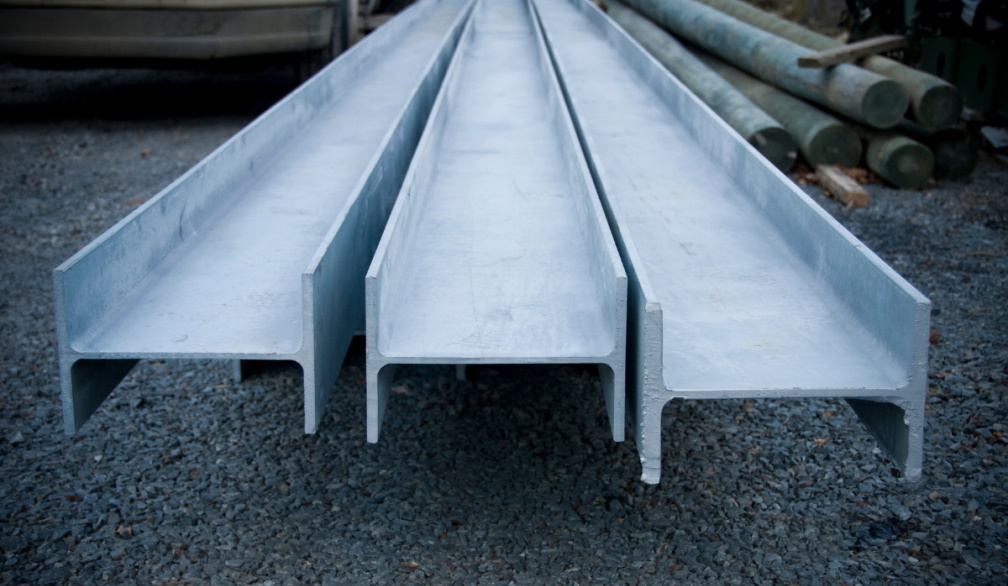Is Steel Weatherproof? Read The Facts

Carbon is one of the most widely distributed elements on planet earth, forming more compounds than all the other elements combined! But outside of science fiction, it’s not an excellent building material for humans. Iron, on the other hand, has been used to build bridges and skyscrapers, and all manner of different structures. There’s just one problem. Iron rusts.
Fortunately, human’s discovered when you mix iron and carbon; you get a new metal alloy called steel that’s much more resistant to corrosion, and far more reliable as a building material. And with over 300 steel outlets across Australia and an ever-increasing number of steel fabricators, 5.3 million tonnes of steel are produced annually.
Like all other alloys, this metal alloy mixes two or more base metals and, sometimes, an additional element. When these elements are combined in the steel-making process, they create various steel types for applications requiring increased corrosion resistance, durability and strength.
The two most common corrosion-resistant steel types are galvanised and stainless steel.
Both galvanised and stainless steel building supplies are readily available and can be quickly and easily ordered to meet the requirements of various building projects. But when it comes to DIY projects, many wannabe builders need a helping hand and a bit of extra education to get the job done right. To help get you there, we’ll answer a bunch of questions about steel and its resistance to the weather.
So, is stainless steel weatherproof? Is steel corrosion-resistant? And to help maintain your structures, we’ll also investigate how to protect galvanised steel from rusting. Keep reading to find out how to protect steel.
Galvanised Steel
This type of steel undergoes a manufacturing process known as galvanising, where a zinc coating is applied to offer protection and prevent rust and corrosion. Several galvanising procedures are available, but hot-dip galvanising is the most common.
Hot Dip Galvanised Steel
The hot dip galvanising method submerges steel in a molten zinc bath at around 450 °C. Once exposed to the atmosphere, the chemical reaction forms zinc carbonate, which provides enhanced protection against corrosion.
Because zinc reacts violently with oxygen when exposed to moisture, creating a coating shields the steel's iron from further oxidation thanks to the cathodic conservation and zinc oxide layer. The steel is still protected even if the zinc coating is damaged or removed.
The hot dip galvanising process leaves behind a crystalline-like surface pattern, frequently referred to as a “spangle”.
Stainless Steel
When you mix iron, carbon and chromium, you get stainless steel. Chromium in stainless steel combines with oxygen in the air to form a protective chromium oxide surface layer. This type of steel offers far better corrosion resistance than regular steel, able to withstand the impacts of weather and the environment, determined by the level of chromium. The higher the chromium content, the less likely the metal will rust. Like the zinc carbonate coating on galvanised steel, the thin chromium oxide layer gives stainless steel its corrosion resistance.
But is stainless steel rust-proof? Yes, and no.
There are various types of stainless steel worldwide, but the most common are 304 and 316 stainless steel. These two types of stainless steel combine additional elements for multiple applications.
304 Stainless Steel
This type of stainless steel can be used inside bathrooms, kitchens, laundry rooms, and other wet spaces. It has a chromium content of around 16 to 24%, nickel content of up to 35%, and traces of carbon and manganese.
316 Stainless Steel
Made by adding extra molybdenum (+3%) to increase corrosion resistance and decrease the need for routine maintenance, making it suitable for exterior applications in corrosive situations, particularly close to the ocean or swimming pools.
Depending on the type of stainless steel you use and the environment it’s installed can significantly impact the corrosion resistance and rust-proof nature of stainless steel. For example, salt water and chlorine from swimming pools are highly corrosive and can increase rust.
Weatherproof Coatings
A protective paint covering will boost the steel fabrication's resistance to corrosion. The steel will last longer since it will be more difficult for air and water to penetrate this additional layer of paint. These coatings can be renewed as necessary to maintain durability.
Can You Use Both?
Technically, yes. Practically? No.
When the right circumstances, such as high salt and moisture levels, direct contact between these metals can result in advanced corrosion, a non-metal substance should be utilised to prevent the two types of steel from coming into touch in these circumstances.
Galvanised Steel vs Stainless Steel
Understanding the differences between these two metals is critical to making informed decisions for your next project. Be sure you understand the differences between what’s available in the market or ask a professional before you start your project.



















